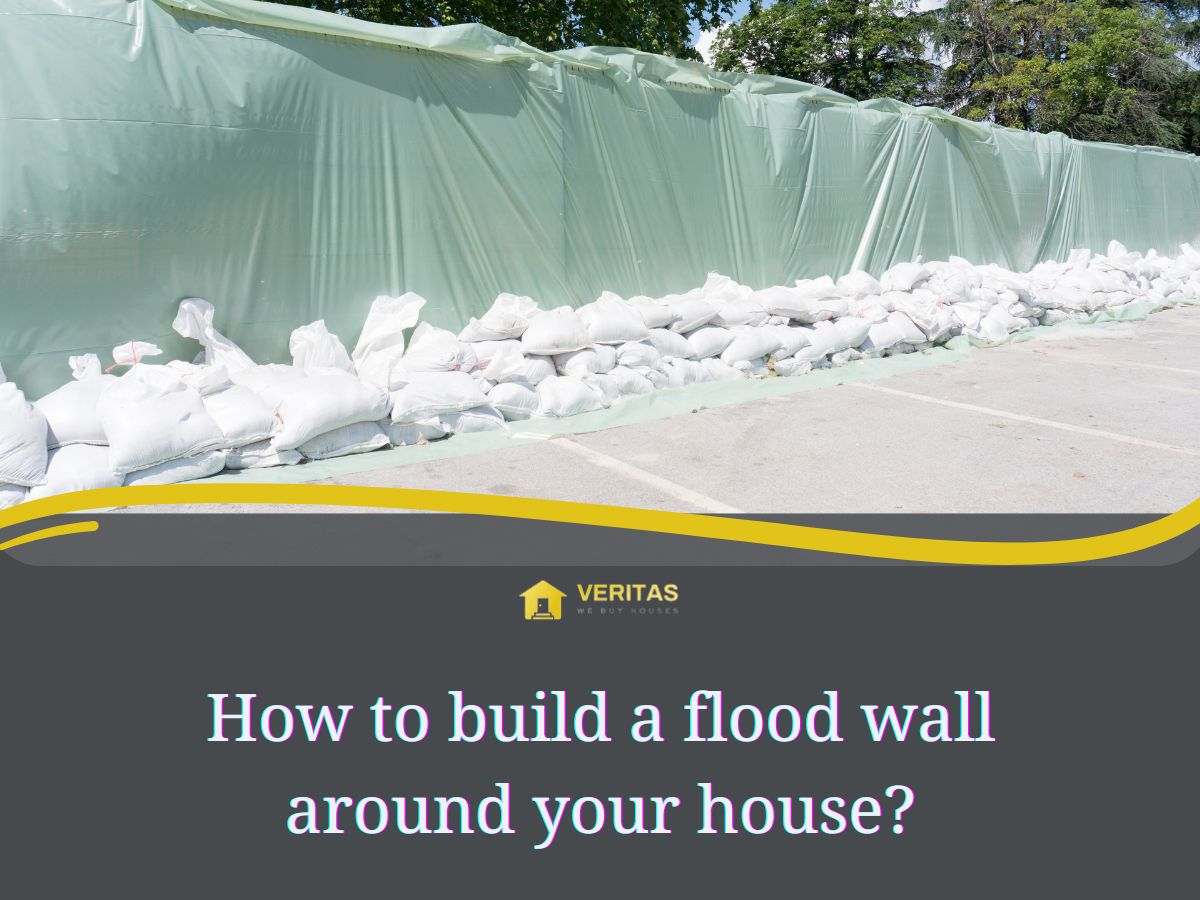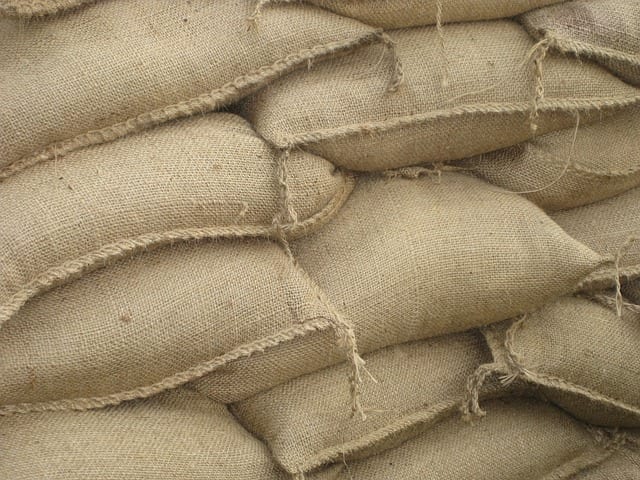If you think that the right insurance is enough from keeping you safe from a possible flood and the damage it can cause, we will explain why this is just not enough.
A flood wall is a wall that is built to be water from entering your property or your house. They are used to mitigate storm damage.
In this article, you will learn how to build a flood wall around your house step by step. This way, you can be prepared and keep your family safe.
Did you know that flooding is a common natural issue that happens in the USA? To reduce the risk of your house getting flooded, we will need just a little bit of free time, proper materials, and some energy for a heavy load of work. And, of course, some knowledge - which you can get right here.
The first thing you should know is that there are different ways to build a flood wall, and that depends on your choice. You can choose from pre-constructed flood walls that require little installation. And, of course, you can do it all from scratch.
Before we start with this entire process, let's see what statistics related to floods look like.
- More than $40 billion worldwide is lost due to floods and their consequences. In America, that number goes to an $8 billion yearly loss!
- More than 100 people a year die from floods (directly or indirectly).
- Countries with the most floods are Texas (612), California (255), South Dakota (248), Virginia (241), and West Virginia (240).
- Floods can get even 10 to 20 feet high. To put that into perspective a car can be swept away easily in just 2 feet of water.
- Keep in mind that there is literally no region that is safe from floods.
- If a house is hit by a flood, an average home big 2,000 square feet can suffer damage of $50,000.
Statistics definitely look frightening. Yet, keep in mind that many things can be prevented. Therefore, we have prepared a long and well-researched article that will help you understand everything related to flood protection.
First, let's talk about those emergency situations where the flood has already occurred. Is there something you can still do?
Yes, there is! Bookmark this article so you always have it in case of an emergency.
We haven't mentioned that sometimes you will find yourself in an emergency situation where you'll need to build a flood barrier as soon as possible. For that purpose, you will have no other option than to use the dirt you have in the backyard.
The second thing - think of your property's terrain topography. It is very important to consider the entire yard's expanse because this way you'll be capable of routing the flood in the proper way.
The most important advice here is to leave enough space between your beloved house and the barrier you're making.
How to build an earthen levee?
Total Time: 1 day
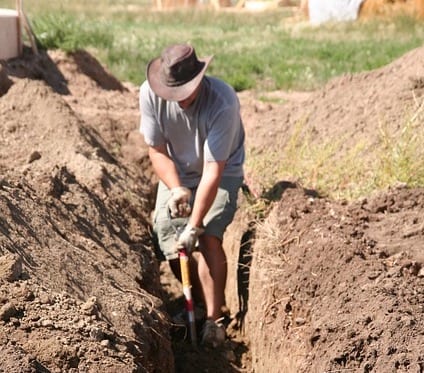
Don't just pile up dirt because building a trench first will provide a sturdy base. You will have to dig a two-foot trench in the place where your levee will be.
Fill the trench with sand and any available rocks
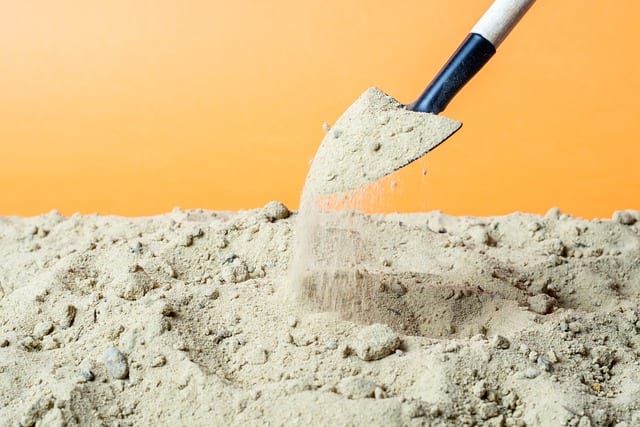
Fill in your base with sand in rock. By using denser materials such as rocks you can be certain that your foundation is less likely to be swept away by the flood.
Build your dirt mound
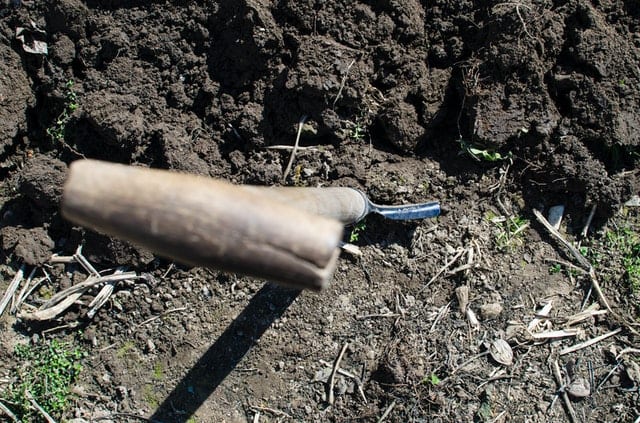
Use the dirt from the trench to start building a mound. Add layers and pack each layer down. With the help of your wheelbarrow, you can grab extra dirt from areas that you see fit to take from. Build your wall as high as you expect you need to.
Sufficient compaction is key. Heavy machinery will definitely make this task easier, but if you don't possess any - use your own hands, feet, and shovel blade. Constructing a flat levee is possible if you make it three times wide as its height.
Cover your levee
Okay, we're almost finished, cover your barrier wall with plastic. This will make it more resistant to the weather.
Stack Sandbags over your levee and plastic covering
Supply:
Tools:
- Sandbags, a wheelbarrow, shovels, and gloves
Materials: Dirt, sand, rocks from your backyard and plastic sheeting
But, what if you don't want to wait for the flood to appear? What if your idea is building this wall as insurance against natural disasters? Amazing! We're happy to hear that!
For that purpose, people use self-rising floodwalls. Here are the best options on the market that can help you stay prepared against floods:
1. Water-activated flood barrier. These incredible flood walls are capable to increase their height within just a few minutes. You can expect to get 3.5 inches high barrier whenever water arrives.
It can be used either alone or combined with other wall-related products against flood. You can find a water-activated flood barrier from 5-foot to even 17-foot in length.
2. Pre-constructed flood bags. When facing the water, these can also raise in height and length, protecting your property. People claim that Quick Dam Flood Bags are the best for this purpose. Super simple to install yet very effective.
3. Self-rising water gate floodwalls. This is the premium solution for floodwalls. They are expensive but if you live in an at-risk area they can easily pay themselves off.
Are there some other ways for protecting your home against floods?
Certainly, there are. We will represent to you all other possibilities you can use to keep your family safe from natural disasters. Here is what else you can do:
1. A waterproof veneer Adding this to your exterior walls will definitely add a bonus layer of safety.
2. Flood-resistant materials. When it comes to building your interior, it is always a good idea to use flood-resistant materials. Those are capable to stop water from retaining for up to 72 hours.
3. Think about your fuel tanks. Be sure to secure these if you don't want to have big issues. It is always best to anchor them down.
4. Back-flow valves. Are sewage backups your worry? It's always a great idea to install back-flow valves.
Now we have learned a lot about protecting your home from floods and building different sorts of flood protection, it's a good idea to hear what people worldwide do about this problem.
Think of elevation
If your home is located near a river or sea, it's a great idea to be sure that your house is above the water levels. Obvious and the oldest solution is - elevation!
Building your own house on stilts is known within many traditions and cultures, but you can also build your home on a raised platform. Beach houses usually look this way, and you must admit - they're simply gorgeous!
Are you ready to build that floodwall from scratch, or are you thinking about buying some of the newest and easiest versions of it?
It doesn't matter what your choice is, the most important thing is to keep your home and family safe from this natural disaster.

